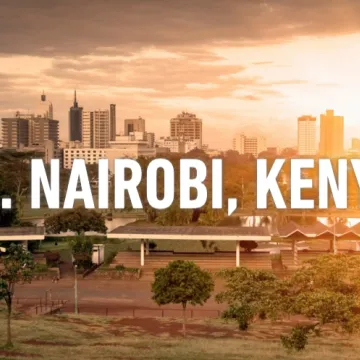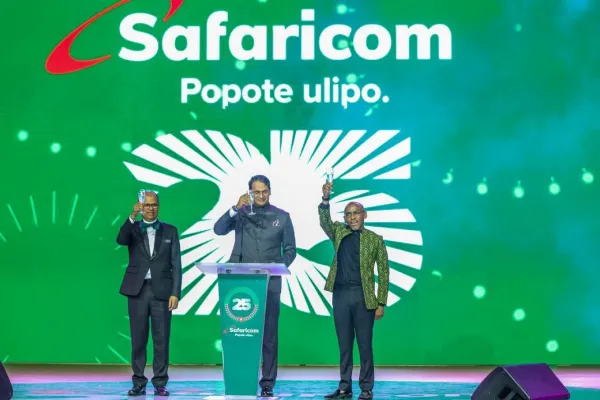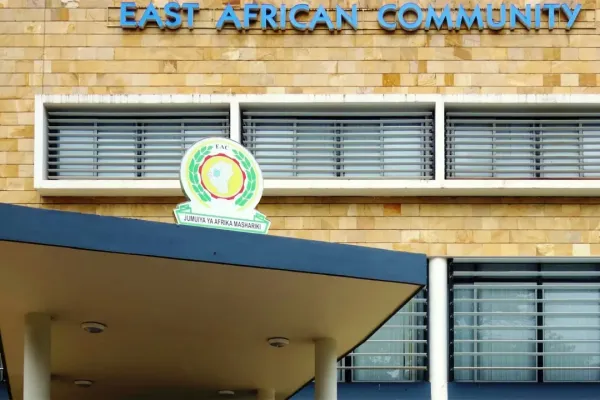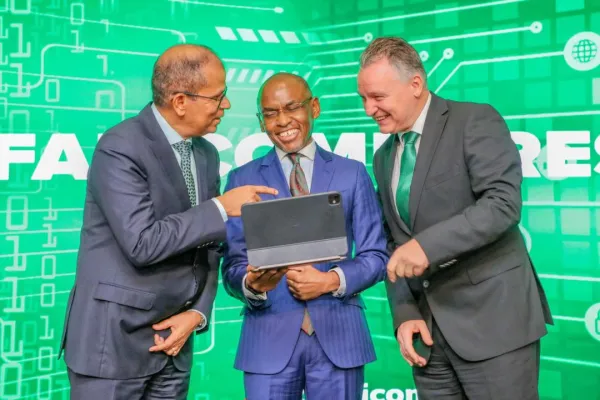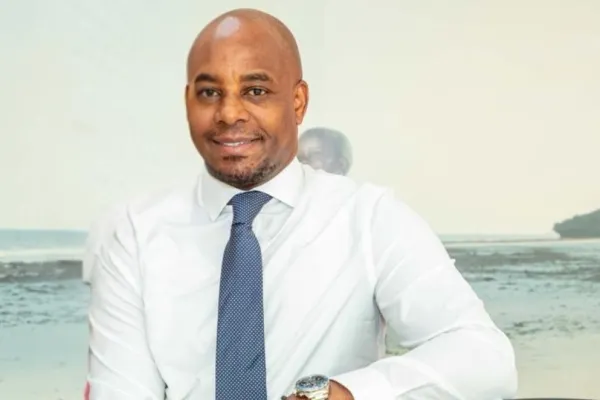18 years of transformation, the Safaricom story
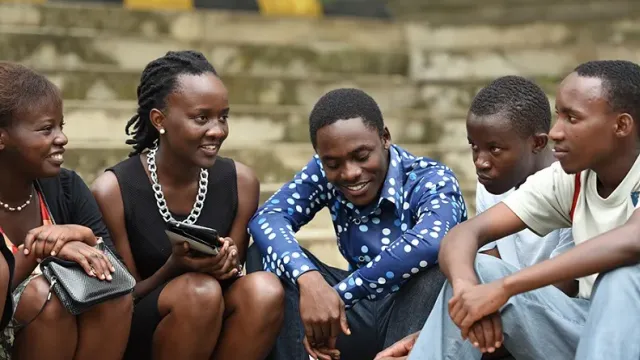
Just 18 years ago, making calls in Kenya was a preserve of a few people. It was not just expensive to make a call then.
This month a number of Kenyans who will be turning eighteen will be the first group of a generation that has grown up without knowing life without mobile phones.
Just 18 years ago, making calls in Kenya was a preserve of a few people. It was not just expensive to make a call then. It also required high levels of time management and planning. Receiving a call especially from a phone booth was just as an art as it was hilarious.
To call, you would need to have communicated with the recipient on exactly what postal office phone booth they would receive their call. And most importantly what time. To be sure, most people would block the day off to wake up early enough and to go to wait in line for the magic ring.
And if you were broke or did not have your own landline phone in the house or office, and here is where the majority of the population was, there was a different solution that worked just as well as the current please call me short message request.
At the booth, the operator would call the recipient and ask if they would want to pay for the call through what was known as reverse call. You would then wait patiently on the other end of the line until the recipient would accept to be billed before the call would be put through to you.
At times you would wait on the line at the appointed time until the phone rang and you would run to receive it once your turn came.
But in case someone else received it on your behalf they will shout your name from the booth and you would bounce out of the line to pick it, often with a huge smile. Few things were as pleasurable at the time as your turn in the booth. But that was just 18 years ago. Today so much has changed until such tales sound like from the Stone Age period.
It would have been impossible imagining at the time that Kenya would in under two decades be a trail blazer in innovations and stand out as a shining star on the continent and export innovations to the rest of the world.
But as the new adults celebrate their birthdays, having attained the legal age to have national identity card and receive the privilege of voting as well as registering SIM cards in their own names, they will have walked the same distance with East Africa’s biggest mobile operator which is turning 18 on October 23 this year.
Its journey is synonymous with Kenya’s mobile revolution that started in 1997 when Safaricom was hived off from Telkom Kenya, which was running the telephone booths around the country. It inherited about 17,000 customers to go start its journey.And in 18 years, the company morphed into the biggest communication company in East and Central Africa, with over 29 million subscribers, 200,000 touch points for its customers and over 100 different products under its portfolio.
The firm, which is now listed on the Nairobi Securities Exchange (NSE) boasts of annual revenues in excess of Sh150 billion.
But it has not always been easy. To get here has come with heavy investments and sacrifices in infrastructure.
This year alone, Safaricom is pumping Sh32.13 billion in infrastructure to better its coverage.
But it is the launch of Mpesa that pushed Safaricom to the most profitable and innovative company in the east African region while placing Kenya on the world map.
Here is the story of Safaricom, key moments:-
2000: Humble beginnings
As a fully owned subsidiary of Telkom Kenya Safaricom was formed in 1997. By 2000, UK telco giant Vodafone PLC had acquired a 40% stake in company. With the launch of per second billing and offering network coverage in the capital Nairobi and Mombasa, Safaricom would soon inherit 17,000 unhappy customers from Telkom.
2001: The Base
Popular mobile number prefix 0722 is launched and over the course of the year most major towns came on net, these saw their subscriber numbers jump to 300,000.
2002: A Peculiar Year
As a strategy that would soon prove to be legendary, Safaricom dropped the price of SIM card to just Ksh 99 and introduced the Ksh 100 scratch cards, the lowest denomination of airtime at the time. That year alone their profits grew by 132 percent.
2003: Simu Ya Jamii
Safaricom launched the infamous simu ya jamii and the Safaricom foundation, by now their subscribers had hit the one million mark.
2004: Birth of Mobile Internet
Credited as the defining year for mobile as we know it, Safaricom launched Mobile internet and sponsored the internationally popular Mararal Camel derby.
2005: People
With close to 3 million subscribers, Safaricom launched ‘sambaza’ and ‘please call me’, services that are still popular today. That year Safaricom also became the first GSM operator in Africa to win an award for Save the Elephants Animal Tracking Project.
2006: Moving on up
A pilot project giving a small group of customers’ access to banking services by SMS hinted at big things to come. Safaricom also won PWC’s Most Respected Company award in the Telecommunication service category. By December their subscribers had hit 5 Million.
2007: Enter M-PESA
The Launch of mpesa happened on March 7th 2007 and by December one million Kenyans were already using the service. Safaricom also acquired the first 3G license in Kenya and in partnership with MTN Uganda and Vodacom of Tanzania, they launched the ‘Kama Kawaida’ tariff to make communication within East Africa a lot more affordable.
2008: Initial Public Offering
Safaricom concluded their IPO (initial Public Offering) in June 2008, this was East and Central Africa’s largest IPO. It attracted investments of close to 2.5 billion dollars spreading the ownership of Safaricom to over 750,000 individual shareholders.
2009: Bamba
With 15 million subscribers, launched ‘Bamba 5’ and ‘Bamba 10’ scratch cards, the lowest airtime denomination in the market. They also invested in undersea cable in partnership with TEAMS for 465 mbps and Seacom for 1.8 gbps.
2010: Bob CollyMore
The revolutionary customer support via facebook and twitter was launched in this year. Bob Collymore would also join Safaricom that year following the resignation of Michael Joseph. Safaricom’s profit that year hit Ksh 20.9 billion.
2011: Kenyans for Kenya
The world’s most popular mobile money transfer service Mpesa hit 17 million users. That year Safaricom also launched the ‘Kenyans for Kenya campaign a fundraising initiative aimed at reversing the suffering of an estimated 3.5 million Kenyans faced with starvation.
2012: Toa Sauti
In partnership with NTSA Safaricom launched the ‘Toa Sauti’ Campaign to address road carnage. In partnership with CBA bank Mshwari was also launched. The innovative solar startup MKOPA solar was also launched during that year.
2013: Lipa na M-PESA
Lipa na Mpesa cashless payment service is launched. After the deadly Westgate terror attack, Safaricom spearheads the #weareone campaign that raises over Sh100 million a huge chunk of this raised via Lipa na MPESA.
2014: The Launch of 4G
Safaricom partnered with the Government on Kshs.15 billion national security surveillance project that was launched in Nairobi and Mombasa. Having expanded 3G to rural areas, providing majority of the population with broadband coverage for the first time, Safaricom launched Kenya’s first 4G network in Nairobi and Mombasa.
2015: KCB-MPESA
In March 2015, Safaricom partnered with KCB to launch KCB-MPESA. In Partnership with CarePay they launched MTIBA a crowdfunding insurance solution via the mobile. Safaricom also partnered with the Government to launch e-citizen portal allowing Kenyans to pay for government Services online. Safaricom also Migrated MPESA servers from Germany to Kenya a major milestone that would ensure allows faster transactions, better system stability and enhanced functionality.
2016: The Youth Network
The Youth Network known as Blaze was launched during this year. In Partnership with Software Solutions Company Craft Silicon, Safaricom lunched ride haling service Little Cab. That Year KCB-MPESA loan service which had been launched just a year before, had already crossed the Sh10 billion mark. Safaricom also integrated the UN sustainable Development Goals (SDG) into its business.
2017: 25 Million
Safaricom subscribers hit 25million and counting.
2018: Sweet 18!
And it is just the beginning

